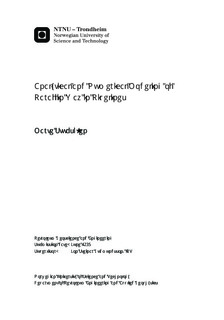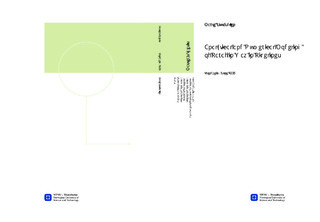| dc.description.abstract | Paraffin wax deposition, or the settling of solid wax particles on pipelines and equipment, is an extensive problem encountered in oil production and transportation. Flowing through subsea pipelines, oil and condensate are subject to cooling. If the temperature of a supersaturated crude oil mixture drops below the solubility limit of wax, known as the wax appearance temperature (WAT), solid paraffin start to appear in solution. Assuming temperatures below the WAT and a radial heat flux from the fluid to the surroundings, paraffin will precipitate, adhere to the inner pipe wall and gradually accumulate. The result is an undesirable layer of paraffin wax on the inner pipe wall causing flow restrictions, reduced production and a need for remediation.In the current thesis, the applicability of five effective thermal conductivity models for determination of the effective thermal conductivity of paraffin wax deposits have been evaluated. Based on the structure of the deposit, the Effective Medium Theory is found applicable. The influence of the deposit on the thermal conditions in the pipeline has been examined, and the temperature at the deposit surface is found to increase with an increasing wax deposit thickness. The increased temperature at the oil/deposit interface reduces the radial temperature gradient in the pipeline, being the thermal driving force for deposition. The result is a reduced growth rate of the wax layer with time and a need for dynamic simulations to avoid over prediction of the wax deposit thickness.The most important part of the presented work, is the implementation of an analytical and a numerical model facilitating wax deposit predictions. Simulations have been conducted on a typical subsea pipeline and the results have been compared. The analytical model, with its assumption of thermodynamic equilibrium between the solubility of wax and the actual wax concentration at ever point in the pipeline, has shown to yield a significantly higher amount of wax to be expected, compared to the results obtained by the numerical model, taking the precipitation kinetics of wax into account. | nb_NO |

